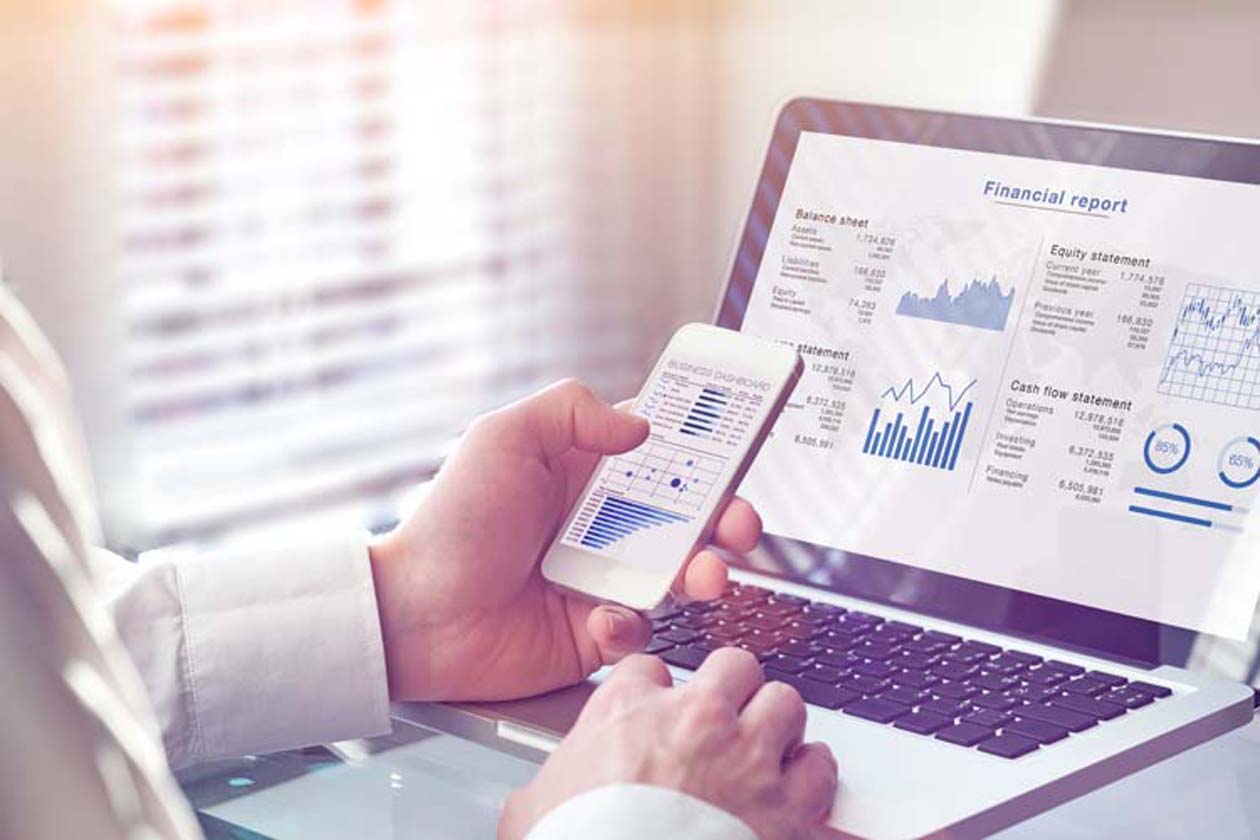How to Present a Data-Driven Presentation
I’m a data scientist here at Equifax, which means I love numbers. But the numbers can become tricky to communicate when delivering a data-driven presentation to a business audience.
This is a common problem for the data and analytics community, and that’s why I interviewed Bill Franks for our Data Dialogues podcast. He leads the Center for Statistics and Analytical Research within the School of Data Science and Analytics at Georgia’s Kennesaw State University. He is also author of the book, Winning the Room.
He told listeners of our Data Dialogues podcast that data scientists should limit their facts and figures for a nontechnical audience.
“The one theme I always stress when I talk to people is that at most 50% of the success of an analytical project is going to be the results, the accuracy, and the power of the results that you have,” Franks said. “And at least 50% is going to be how you package, present and then sell the stakeholders on those results to get them to take some type of action.”
Franks went on to provide several tricks for communicating a data-driven presentation. Listen to our Data Dialogues episode, “How to Deliver a Data-Driven Presentation” for the full interview.
3 Tips for Presenting a Data-Driven Presentation
1. Flip the Script
Oftentimes, data scientists complain that their business audience doesn’t understand the presentation, said Franks. Sure, some businesspeople may need additional technical training. But it’s more likely that the presenter is not speaking at the level of their audience.
“It's as much on you as the presenter to match your content to the audience appropriately as it is for that audience to be prepared to receive it,” he explained. “They need to understand that you took care of those details, and they may have somebody on their team who wants to dig deeper into that with you later. But you've got to focus on the pragmatic business implications of what you found.”
2. The Power of Analogies
Franks said he likes to use analogies to explain highly technical ideas because people remember them. Plus, they can be an entertaining, engaging way to connect with people.
“The analogy will lead you to the concept, but the whole reason you use it is because even with technical people, the analogies will stick in your head,” he explained.
3. Fewest Numbers Possible
How many numbers are too many for a presentation? Franks recommends using the fewest numbers possible at the lowest level of precision possible. He uses this example to illustrate his point.
“Let’s just say I had only five products across four quarters. Well, that’s 20 cells of data if I put it in a table. Now, if I put totals at the column and row level, plus an overall total, I’ve added another 10. So that’s 30 numbers on a screen. The reality is nobody can read and absorb 30 numbers simultaneously, especially while you’re talking and telling a story,” Franks explained.
The solution is to break things down into the simplest terms. One idea per slide. That graph with 30 numbers can go in your appendix.
“I could end up effectively covering that entire table, but I’m doing it in small digestible pieces with very specific points where the audience doesn’t have to struggle to understand the data on every page – because there’s very little data to have to absorb.”
For more tips, listen to our full episode or check out other episodes on a range of data-related topics.
Recommended for you

